How To Install The Belt Conveyor?
Belt conveyors are widely used in mining, metallurgy, coal, and other industries. Once a problem occurs, it will bring unnecessary trouble to the subsequent debugging and acceptance work, and it is easy to cause accidents such as deviation of the belt during production. So, the following lists the installation requirements of the conveyor belt.
1. Measurement
Determine the longitudinal centerline of the conveyor, and the deviation from the actual axis of the foundation should be no more than ±20mm. After the axis of the drum is released, the projection line of the busbar is drawn out at the same time, so as to measure the perpendicularity of the drum to the longitudinal centerline during installation. The pay-off line of the drum and the frame should be perpendicular to the longitudinal centerline.
2. Tape holder installation
The installation sequence of the tape holder is: first assemble the head frame, then install the tail frame, and finally install the middle frame.
Before installing the rack, the center of the conveyor should be determined. It is an important condition for the normal operation of the conveyor belt that the centerline be in a straight line. All operating centers of the conveyor should be in a straight line. The error range from the single row frame to the centerline should not exceed ±0.1mm. With all the single tracks in the correct position, all the parts can be connected together. After the connection is completed, the firmness of the installation and the accuracy of the centering position should be checked.
3. Roller installation
After the tape holder is installed, start to assemble the tensioning roller, redirecting roller and drive roller. Before the roller is assembled, the bearing should be filled with lithium-based grease. The specific requirements for its installation are as follows:
A. For the levelness of the drum shaft, the deviation should be less than 0.3/1000.
B. For multi-drive drums, the relative deviation of the parallelism of the axis of the drive drum is less than or equal to 0.4mm.
4. Drive installation
When installing the drive, it should be determined that the drive shaft of the belt conveyor is in a vertical state with the centerline, the centerline of the conveyor coincides with the width of the drive drum, and the traditional shaft is parallel to the reducer shaft.
All shafts and rolls should be leveled first to ensure good operation without load and power. The horizontal error of the shaft is kept between 0.5-1.5mm. In the process of installing the driving device, install the corresponding tensioning device at the same time, and the centerline of the conveyor and the roller shaft of the tensioning device should also be in a vertical state.
5. Roller installation
The installation of idler rollers is a very important link in the installation of belt conveyors, which has an important impact on the working efficiency and service life of the conveyors.
The distance between the brackets of the curved section should be half that of the ordinary brackets, and it should be ensured that it has sufficient flexibility and reliability. All idlers should be kept horizontal, parallel and arranged in a row. The lateral centerline of the idler and the longitudinal centerline of the conveyor should coincide, and the deviation should not be greater than 3mm.
6. Conveyor belt installation and vulcanization
The vulcanization of the tape joint directly determines the installation quality of the tape, which is the key to ensuring the strength and life of the joint. The tape undergoes a vulcanization reaction that turns the raw rubber into vulcanized rubber. The strength of the joint should reach more than 90% of the strength of the tape, and the allowable deviation of the straightness should be less than 25mm. The joint shall be vulcanized in one shot.
7. Tensioner installation and accuracy requirements
The deflection of the tensioning wire rope of the tensioning device and the centerline of the pulley rope groove and the vertical line of the drum axis should be less than 10%.
8. No-load debugging and heavy-load debugging
Before the newly installed belt conveyor is officially put into use, no-load debugging for no less than 4 hours and heavy-load debugging for 8 hours should be carried out. The loading load of the conveyor is first loaded according to 20% load, and then gradually increased to 50%, 80% and 100% of the rated load for trial operation. Heavy-load debugging must meet the requirements of flexible rotation of each component, stable operation, sensitive and reliable operation of the braking device, and normal tensioning and cleaning devices.



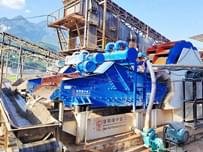
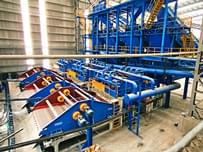
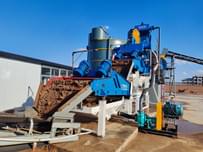
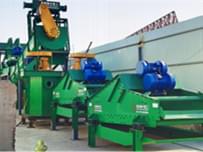
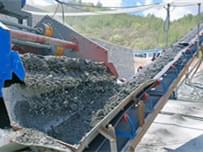
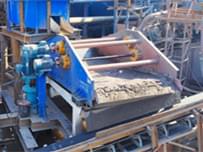
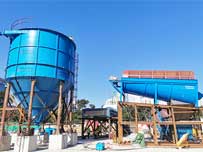
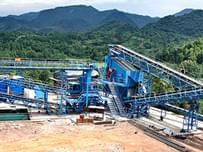




Send Message
Please write down your requirement and contact details in the following form. You can also send a message to us by this email export@lylzzg.com, we will reply to you within 24 hours.